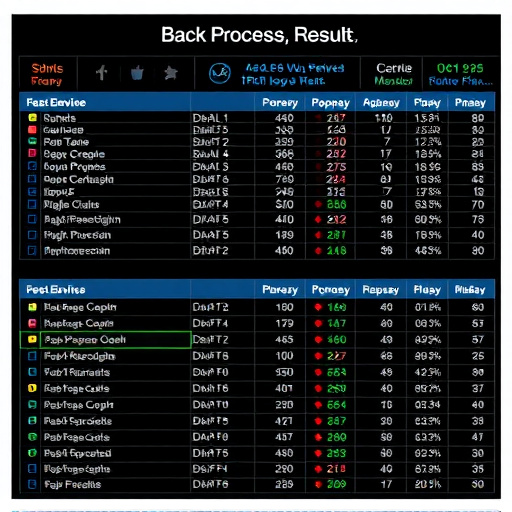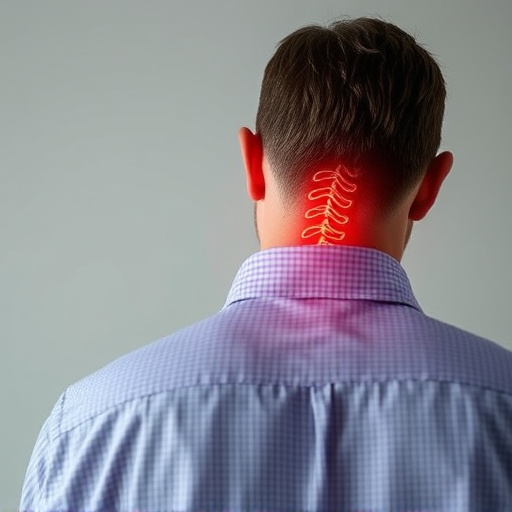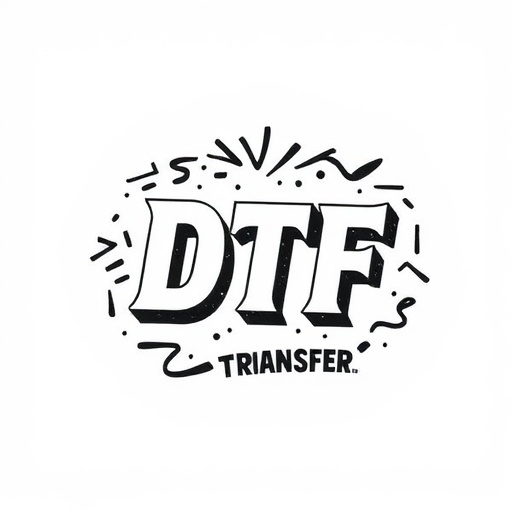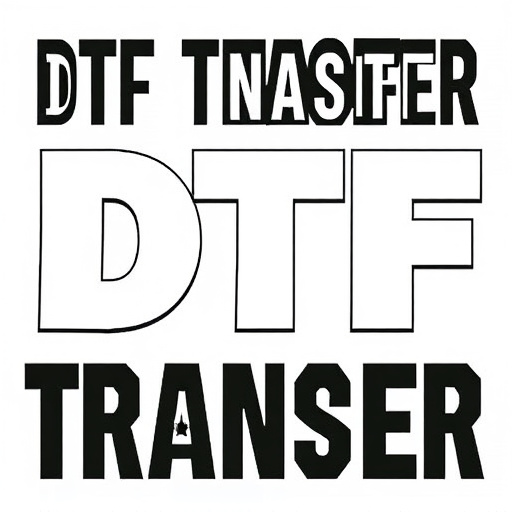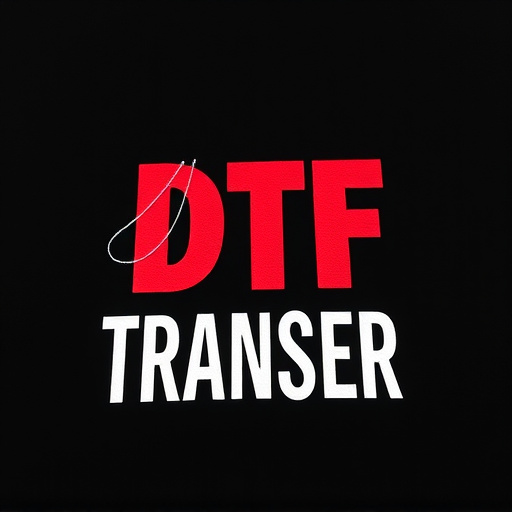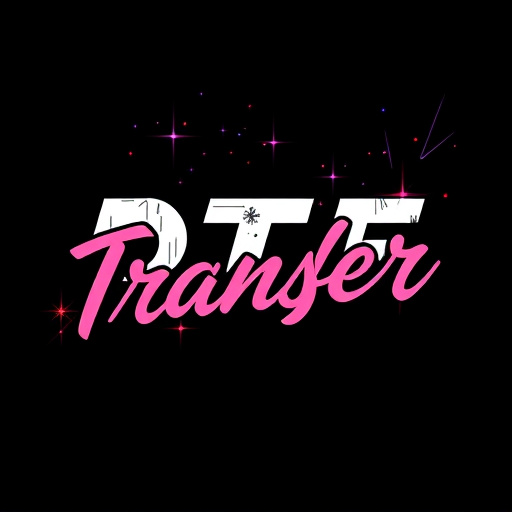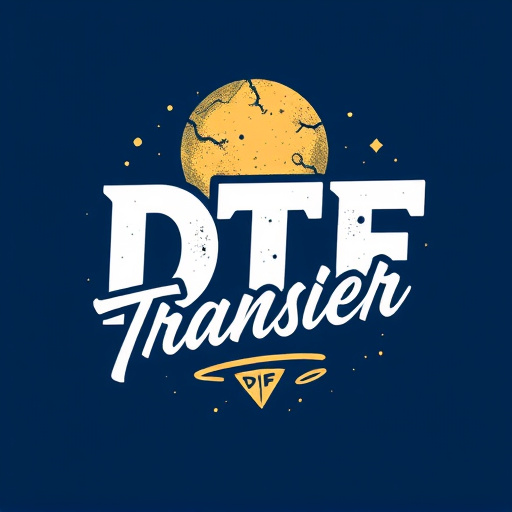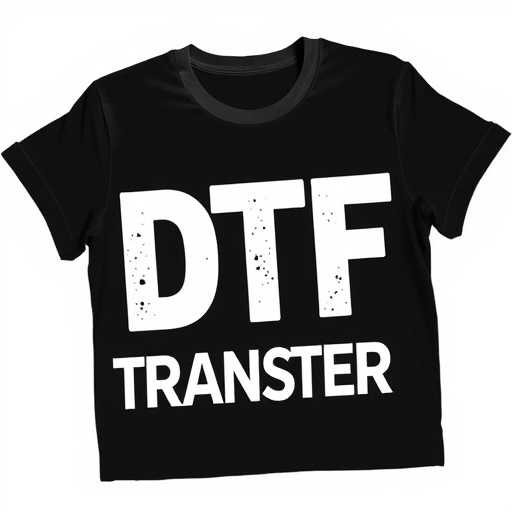Direct-to-Film (DTF) transfers revolutionize printing by enabling high-quality, on-demand production of custom prints without minimum order requirements. This technology empowers businesses and individuals with unparalleled creative control over designs, colors, and materials. DTF printing is ideal for apparel, marketing materials, and personalized items, offering cost-effective solutions for small batches or single prints. Future innovations promise improved print quality, streamlined processes, and advanced materials, solidifying DTF's position as a game-changer in the printing industry.
“Discover the revolution in print technology with direct-to-film (DTF) transfers, offering unparalleled customization without minimum order requirements. This innovative process empowers businesses and artists to bring unique designs to life directly onto various media. In this comprehensive guide, we’ll explore DTF printing’s advantages, its seamless process, ideal applications, and tips for choosing the best service provider. From understanding the technology to its exciting future trends, this article covers all you need to know about DTF prints.”
- Understanding Direct-to-Film (DTF) Transfers: A Comprehensive Overview
- Advantages of DTF Printing for Customization and Flexibility
- How DTF Transfers Work: The Process Unveiled
- Applications: When is DTF Transfer Ideal?
- Choosing the Right DTF Service Provider
- Future of DTF Printing: Innovations and Trends
Understanding Direct-to-Film (DTF) Transfers: A Comprehensive Overview
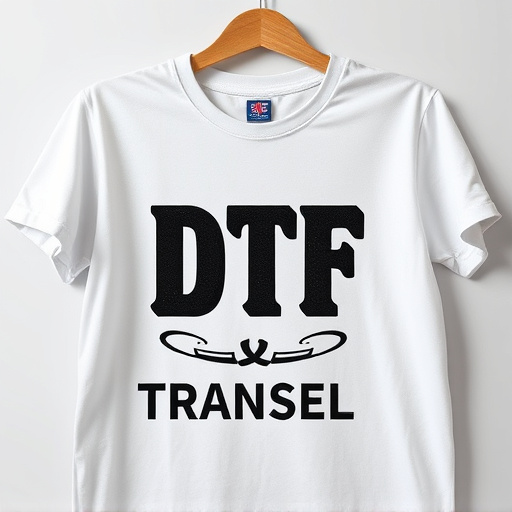
Direct-to-Film (DTF) transfers are a cutting-edge printing technique revolutionizing the way we produce and reproduce visual content. This innovative process allows for the direct transfer of digital images onto various media, such as vinyl, fabric, or even wood, without the need for intermediate steps like film negatives. DTF offers unparalleled precision and vibrancy in prints, making it a game-changer for artists, designers, and businesses alike.
DTF technology streamlines the printing process, eliminating the traditional limitations of minimum order quantities. This means that customers can now enjoy on-demand DTF printing, ideal for one-off projects or small batches. The direct nature of the transfer ensures that intricate details and rich colors are captured with remarkable accuracy, resulting in high-quality prints that bring digital designs to life.
Advantages of DTF Printing for Customization and Flexibility

Direct-to-film (DTF) printing offers a unique set of advantages for businesses seeking customization and flexibility in their production processes. Unlike traditional printing methods that require minimum order quantities, DTF transfers allow for on-demand printing, enabling companies to produce small batches or even single prints without incurring additional costs or waste. This is particularly beneficial for custom orders, where each piece needs to be tailored to specific customer preferences.
With DTF Printing, brands can easily adapt their designs and create personalized products at scale. It provides the freedom to experiment with different styles, colors, and patterns, ensuring that every print is unique. This level of customization is ideal for promotional items, apparel, and art pieces, where one-of-a-kind creations are highly valued. Additionally, DTF prints offer vibrant colors and high resolution, resulting in visually appealing products that cater to diverse consumer preferences.
How DTF Transfers Work: The Process Unveiled

Direct-to-film (DTF) transfers have revolutionized the way we approach printing and customization. This innovative process allows for high-quality prints to be applied directly onto various materials, from clothing to ceramics, without the need for minimum order quantities. The DTF method involves a few key steps that ensure precise and vibrant results.
First, the design is prepared using specialized software, which allows for intricate details and full color accuracy. Then, the design is precisely transferred onto a film, which acts as an intermediate layer. This film is then carefully positioned over the target material, usually a fabric or surface, and heat-pressed to fuse the ink permanently. The result is a crisp, durable print that becomes one with the substrate, offering a unique and personalized finish. DTF printing is particularly appealing due to its versatility, enabling businesses and individuals to create custom products efficiently and cost-effectively, regardless of order volume.
Applications: When is DTF Transfer Ideal?
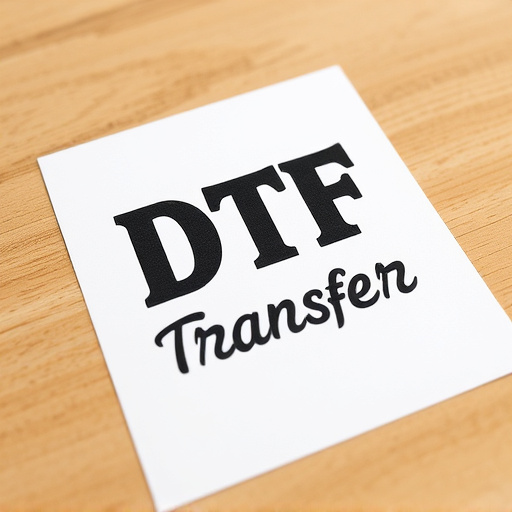
Direct-to-film (DTF) transfers are ideal for a variety of applications where quick turnaround times and high-quality prints are essential. This method is particularly suitable for small businesses, entrepreneurs, and individuals looking to produce custom items in small batches without the overhead costs associated with traditional printing methods. For instance, DTF Printing can be a game-changer for custom apparel, allowing designers to create unique t-shirts, hoodies, or accessories with intricate designs and detailed images. It’s also perfect for short-run marketing materials like posters, flyers, or even personal items such as phone cases and mugs.
Moreover, DTF Transfer excels in situations where flexibility and customization are key. Whether it’s a last-minute event promotion or a limited-edition collectable, the ability to print directly onto various materials without minimum order requirements makes DTF Printing a versatile option. This technology ensures that businesses and individuals can efficiently meet demand, offering a fresh and dynamic approach to printing while maintaining exceptional quality in every DTF print.
Choosing the Right DTF Service Provider

When selecting a service for direct-to-film (DTF) transfers, it’s crucial to consider several factors to ensure you receive high-quality prints without compromising on quantity. Look for providers who offer flexibility in terms of order size, as this will allow you to print and produce films without the usual constraints. Verifying their expertise in DTF printing is essential; experienced professionals can guide you through the best practices, from file preparation to final output, ensuring your films are of top notch quality.
Additionally, checking their setup and equipment capabilities is vital. Modern, state-of-the-art machinery can produce crisp, vibrant DTF prints, so ensure the service provider stays updated with industry trends. Reviews and testimonials from past clients can also help you gauge reliability and consistency in delivering services as promised, allowing you to make an informed decision when choosing a DTF transfer service.
Future of DTF Printing: Innovations and Trends
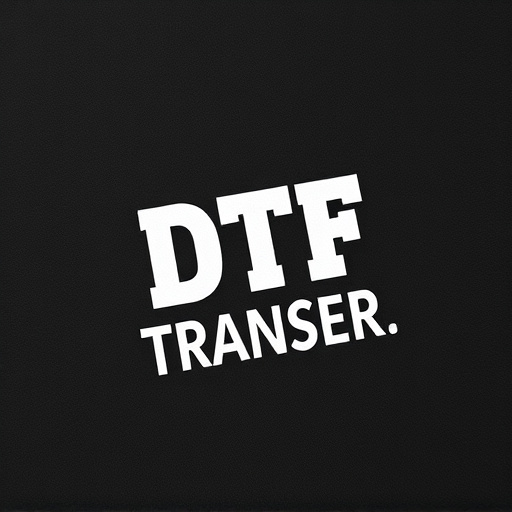
The future of DTF (Direct-to-Film) printing is brimming with innovation and exciting trends that promise to transform the industry further. One prominent development is the evolution of print quality, with advancements in technology enabling finer details and more vibrant colours in DTF prints. This enhancement in visual fidelity opens up new possibilities for designers and artists who can now create intricate and eye-catching artwork suitable for various media.
Additionally, the integration of digital technologies like AI and automation is streamlining the DTF transfer process, making it faster, more efficient, and accessible to a broader range of users. As demand continues to rise for personalised and on-demand printing solutions, DTF technology is poised to play a pivotal role in catering to these needs. Innovations such as smart materials and adaptive printing techniques will likely shape the future, ensuring that DTF transfers remain a preferred choice for those seeking high-quality, versatile, and cost-effective printing options.





